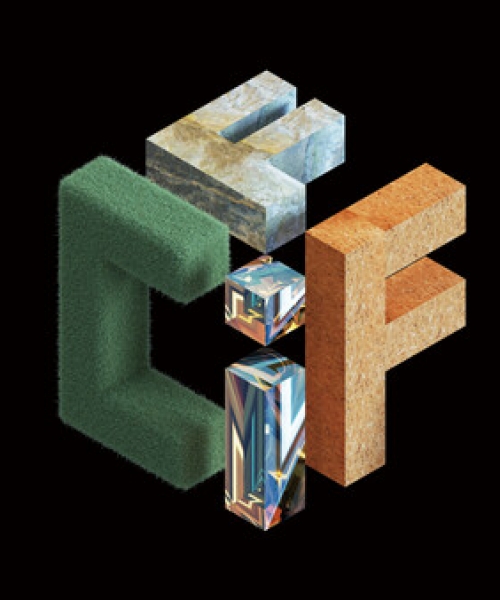Welding Technology Concept: Differentiating MIG Welding and TIG Welding
|
Distinguishing Between MIG Welding and TIG Welding |
||
|
|
MIG Weling |
TIG Welding |
|
Concept |
MIG (MAG) Welding is a welding method that belongs to the GMAW (Gas Metal Arc Welding) group. It utilizes heat generated from an arc burning between a continuously fed solid electrode wire and the workpiece, with a constant wire feed speed provided by a wire feeder. The molten pool is protected by an inert gas (MIG) or an active gas (MAG). This method is also referred to as semi-automatic welding, though this term is not entirely accurate. In industrial applications, MAG welding with CO₂ shielding gas is commonly known as wire welding or CO₂ welding. |
TIG Welding (Tungsten Inert Gas Welding) is also known as non-consumable tungsten electrode arc welding in a shielding gas environment – GTAW (Gas Tungsten Arc Welding). It is commonly referred to as Argon welding or WIG (Wolfram Inert Gas Welding). This method uses shielding gases such as Argon, Helium, Argon + Helium, Argon + Hydrogen, or Argon + Oxygen.
|
|
Character |
- When MIG welding, the arc from the welding wire will melt and form an arc that fills the weld. - Commonly used in automatic and semi-automatic welding. - Can be welded in any position in the space. - Use of CO2 gas. |
- The electrode does not melt. No slag due to the absence of solder. Arcs, puddles are easy to observe and control. The centralized power supply has a high temperature. Thin or thick metals can be welded due to the wide range of welding parameters (from a few amperes to several hundred amperes). |
|
Technique |
- This method uses heat from an arc burning between a continuously fed solid electrode wire, supplied by a wire feeder at a constant speed. The molten pool is protected by an inert gas flow (MIG). This method is also called semi-automatic welding, but that name is not entirely accurate. |
- To fill the welding arc into the area to be welded, we use a TIG welding setup consisting of a welding machine, shielding gas, power source, and welding torch… all connected in a standardized system. Once the system has been checked and is functioning properly, welding begins.The principle is as follows: Under the effect of electric current, a key component in the welding torch called the non-consumable electrode (tungsten electrode) generates an extremely high amount of heat. When the filler rod is added, it melts under the high heat and forms an arc that fills the weld joint. |
|
Advantages |
- CO2 is an easily obtainable gas, simple to produce, and low-cost. Welding productivity with CO2 is high, more than 2.5 times that of manual arc welding. The technological advantage of CO2 welding is greater than submerged arc welding because it can be performed in any spatial position. |
It can weld both thin and thick metals due to a wide adjustable welding parameter range (from a few amps to several hundred amps). It can weld metals and alloys with high quality. The weld is clean and aesthetically pleasing, without slag inclusion or spatter. The penetration depth and weld pool shape can be easily controlled. It can be performed with or without a filler rod to create the weld. |
|
Disadvantages |
- Not suitable for outdoor welding, the movement of ambient air may affect the protective gas and weld. - Restricted use in the construction industry (mainly outdoors). |
- Low productivity. |
|
When to use MIG welding and when to use TIG welding? |
- It can weld common structural steels, in addition to stainless steel, heat-resistant steel, hot-resistant steel, special alloys, aluminum, magnesium, nickel, copper, alloys with strong chemical affinity for oxygen. - The thickness of the welder is from 0.4 to 4.8mm, only one layer is welded without beveling, from 1.6 to 10mm, one layer is welded with bevel, from 3.2 to 25mm, multi-layer welding. |
- Used for welding aluminum, aluminum alloy, magnesium, copper, stainless steel, alloy steel, cast iron... - Very suitable in welding high alloy steels, non-ferrous metals and their alloys. - Often used in the restoration process to repair damaged parts, especially those made of aluminum and magnesium. - Especially applied in difficult welding parts, high welding requirements such as small corners that are difficult to weld in eyebrow parts, photocopier housings, air conditioners, air conditioners, hospital machines such as x-rays, projectors, etc. Widely applied in ship welding technology, ship pipe welding, gas pipe welding, oil conduction... |






